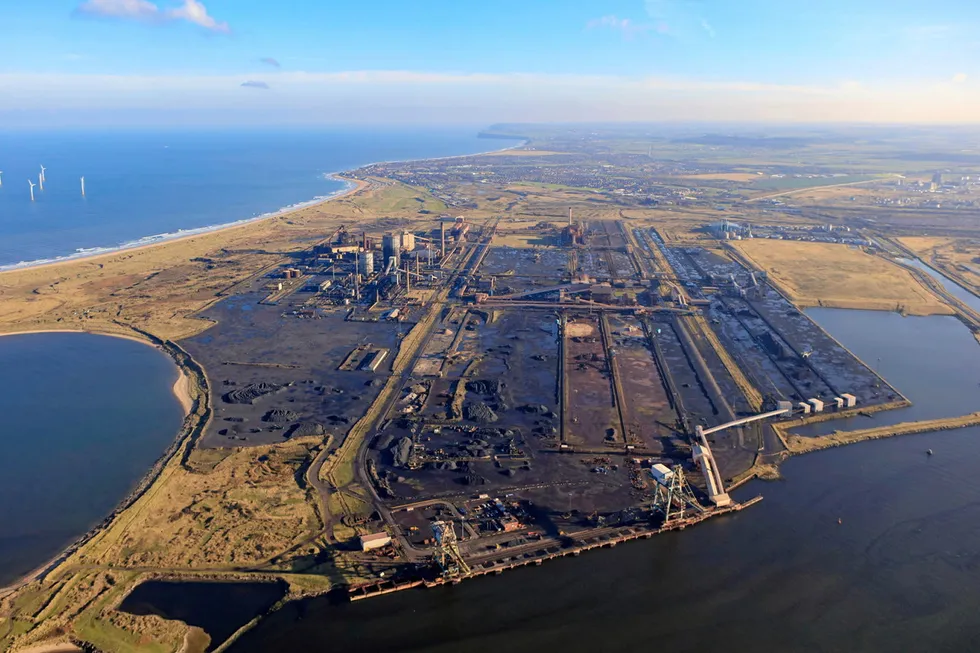Blue hydrogen projects make up 84% of UK’s clean H2 pipeline, but final investment decisions 'must be taken in 2024'
White paper by energy analyst Westwood points to seven 'risks and uncertainties' that need to be resolved by the government before projects can get the green light
